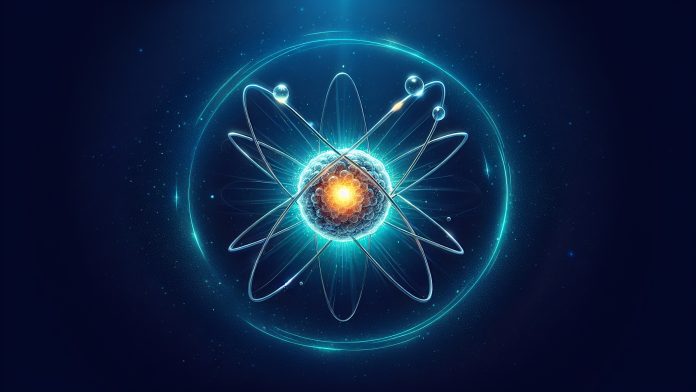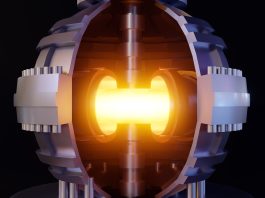Fusion energy, often hailed as the ultimate clean and sustainable power source, faces significant scientific and engineering hurdles.
However, groundbreaking research from the Princeton Plasma Physics Laboratory (PPPL) suggests a promising approach to overcoming these barriers. By leveraging spin polarisation and optimising the fusion fuel mixture, scientists have demonstrated a way to significantly boost fusion energy efficiency, paving the way for smaller, more cost-effective fusion reactors.
The potential of fusion fuel innovation
The research focuses on using deuterium and tritium, widely regarded as the most viable fusion fuel combination.
By adjusting their quantum properties using a process called spin polarisation, scientists found a way to increase the efficiency of tritium consumption.
Spin polarisation aligns the quantum spins of fuel atoms, which enhances the likelihood of fusion reactions.
Additionally, the study proposed increasing the proportion of deuterium in the fuel mix to more than 60%, further amplifying the fusion reaction’s efficiency.
Computer models indicated this approach could enable tritium to burn up to 10 times more effectively, significantly reducing the amount needed for sustained reactions.
Maximising tritium efficiency
Tritium, a rare and expensive radioactive isotope, is crucial for initiating and maintaining fusion reactions.
Yet, in conventional fusion processes, a significant portion of tritium remains unburned, leading to inefficiencies and high operational costs.
The PPPL team’s innovative strategy optimises the ‘tritium-burn efficiency,’ likened by researchers to maximising the efficiency of a gas stove. Burning a higher percentage of available tritium could reduce the amount required to operate a fusion reactor.
The role of spin polarisation
At the heart of this breakthrough is the application of quantum spin manipulation. Unlike the physical spin of a baseball, quantum spin refers to the intrinsic angular momentum of particles, which has only discrete states, such as ‘up’ or ‘down.’ Fusion reactions are more likely when the quantum spins of two fuel atoms align.
While current spin-polarisation techniques don’t achieve perfect alignment, the PPPL study shows that even modest polarisation can substantially enhance efficiency. By improving the fusion cross-section, this approach generates more energy from the same amount of fusion fuel.
Compact and cost-effective fusion systems
One of the most exciting implications of this research is the potential to develop more compact and affordable fusion systems.
Reduced tritium requirements translate to smaller storage and processing facilities, which simplifies licensing and regulatory approval processes.
Moreover, minimising tritium use enhances safety by decreasing the risk of leaks or contamination. Tritium’s relatively short-lived radioactivity already makes it safer than nuclear fission byproducts, but reducing its volume adds another layer of security.
A step toward practical fusion energy
While the findings are promising, scaling this approach for real-world applications presents challenges.
Producing and storing large quantities of spin-polarised fusion fuel will require the development of new technologies. Additionally, maintaining high-grade fusion plasmas with the proposed fuel configurations needs further investigation.
Ongoing work funded by the Department of Energy (DOE) is exploring methods for injecting spin-polarised fuel into fusion reactors. These advancements could open new avenues for innovation, enabling fusion power plants to operate more efficiently and cost-effectively.
By improving tritium efficiency and reducing reactor size, this approach represents a major step forward in making fusion a practical and scalable energy source.
As the fusion community continues to refine these techniques and address implementation challenges, the vision of clean, limitless energy moves closer to reality.









